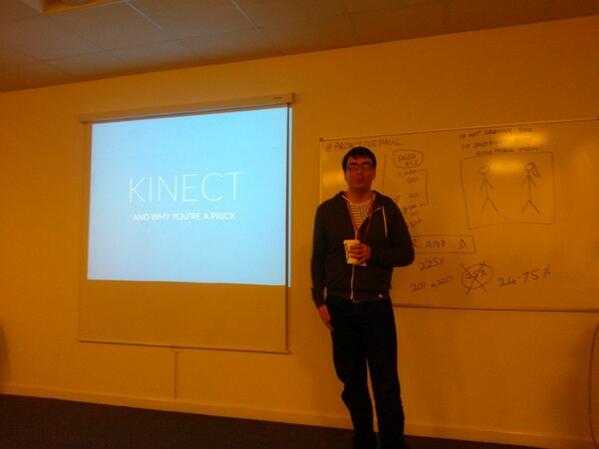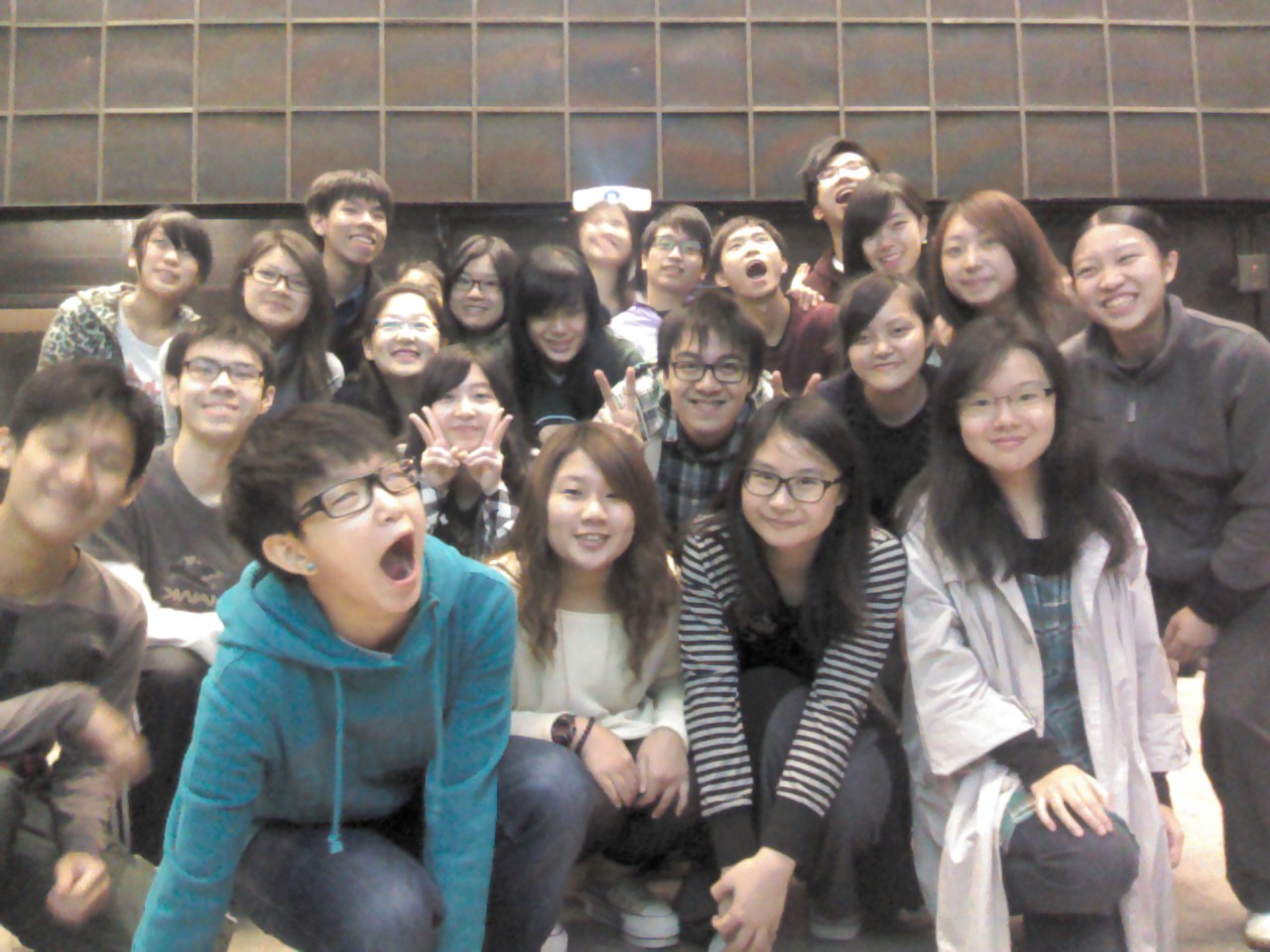As I get older, it seems I’m doing more of these retrospective “oh, look at that thing I used to love. It’s a shame it’s gone”. This is no different. I had high hopes for Kinect, but alas it’s time has come.
It’s not quite as long in the tooth as Flash was before it’s unfortunate demise earlier in the year. In a way, that’s a good thing. It didn’t need to serve its untimely death.
As a gaming peripheral
Originally, the Kinect was introduced as a new control mechanism for the Xbox 360.
Well, actually. Let’s rewind a little bit.
Kinect originally came to light as Project Natal - a demo performed at E3 way back in 2009. Lots of people were sold on an way of interacting that wasn’t just button-pushing and mouse-moving.
The thing that attracted me most to this was Milo - a friendly little chap living in this virtual world. He was all very keen to play with this mystery woman in the real world who would ask how he was, have a little catch-up and a bit of fun with any random adult that came to visit. When you put it like that it all sounds very sinister…
But what sold it was this experience. Nobody had seen a virtual interaction like that be so physical and emotive.
“You are the controller”, it said. The Kinect would be an extension of you. Think of the limitless possibilities that could arise from this technology.
Imagine our surprise, then, when it came out with stuff like this.
Whilst games like Kinectimals offered the Milo-esque interaction, the rest seemed crowbarred in to existing ideas. Whether that’s unnecessary dancing sections, clumsy voice commands or repetitive mini-games. It’s something I looked into at the time with no real conclusion as to what would make a hard-hitting Kinect game. It’s a tricky one.
Aguably its best implementation was where it worked with the controller as an extension of it, rather than its own controller. I always quite liked the Forza 4 integration or actually useful voice commands, like in the Forza Horizon Series.
But alas, people didn’t seem to take to it on consoles. The Xbox One - once deemed inseparable from the Kinect - has been completely stripped of any Kinect-exclusive integration.
It did have another scene however. Far away from the Xbox.
As an indie developer’s plaything
As soon as the original Kinect was released, people were making all-sorts with it - gaming or otherwise. A complete hacking culture grew around this device.
Even at the point where there was no official SDK for the device, people were grabbing the information out of the device and having a little play around.
I was a big fan of those that used movement to make music. This dubstep mixer, while very much of its time, was one of many projects that took depth data and mapped it to other controls. For those who could grab their own skeleton data from the vast array of points available, anything was possible.
Microsoft finally cottoned on about a year ago that this was a potential second market for the device and put together an SDK for the Kinect that got you access to all the data the Xbox could grab. Skeletal tracking, depth data and even voice control was all available for free as part of the development kit.
It led to an explosion of different projects. From scanning objects in 3D to interpreting sign language, its applications seemed limitless.
Kinect found a home in healthcare, too. The SDK opened up collaborations to help promote activeness, monitor mobility and even help perform surgery. It truly did a lot of good across the board.
Moto
Of course, my main connection to Kinect is Moto - my final major project for university.
Born out of the Kinect SDK, Moto was an interactive music experience which allowed users to play virtual instruments either on their own or with a friend.
One feature I loved was the Wall of Sound, which was essentially another instrument that consisted of 9 audio samples that you could remix and reuse while you played. It was a creative experience that a lot of people just got as soon as they started playing it.
It took up a good chunk of my life at the time. It even encouraged my first Barcamp talk. There’s so much you can look into within the Kinect, from data capture to usability issues. It was great to dive into and even greater to talk about in a room full of nerds.
That connected me to a wider developer community too. Including the Korean college that took my project to help teach the SDK in classes. I got a lot of wonderful photos of people having a play with Moto that I’ll treasure forever. Thank you.
If you didn’t know me at the time, or just want to find out more about the Moto project I made, it’s all available on the Moto website.
The Next Big Thing
Ultimately, the Kinect was great at the time. While it didn’t live up to its original aim of revolutionising gaming, it found its home with the hackers.
I hope that it’s just another step towards changing the way we interact with technology. Kinect left a footprint that helped shape technology that’s sitting in phones today. I can only hope the next big thing has such a profound impact in everyone’s future, as well as mine.


